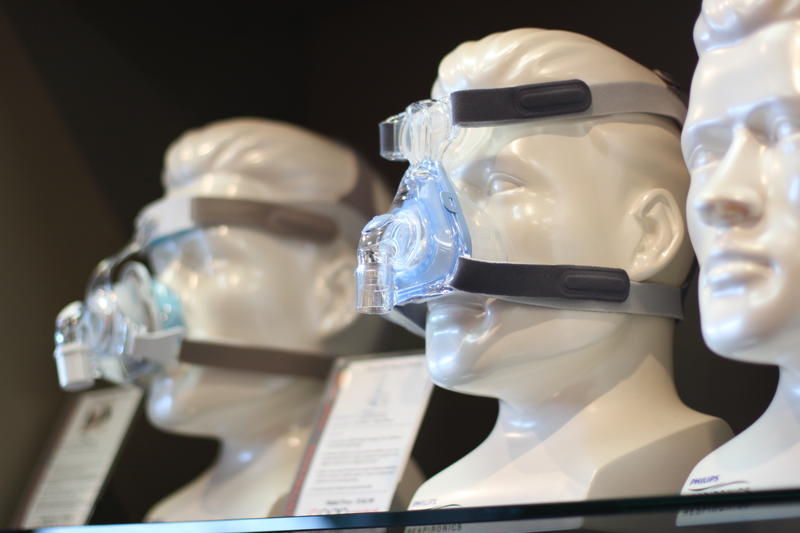Sleep Apnea
By BROOKE HILDEBRAND CLUBBS • OCT 18, 2017 | KRCU.org

We often think of snoring as annoying or embarrassing, but we don’t usually think of it as deadly. However, it can be a symptom of sleep apnea, an involuntary cessation of breathing that occurs while the patient is asleep. Left untreated, sleep apnea can have serious and life-shortening consequences: high blood pressure, heart disease, stroke, automobile accidents caused by falling asleep at the wheel, diabetes, and depression.. The University of Wisconsin found over an 18-year period, people with severe, untreated sleep apnea died a rate more than three times that of those without apnea.
The American Sleep Apnea Association describes three types of sleep apnea: obstructive, central and mixed.
Obstructive sleep apnea is caused by a blockage of the airway, usually when the soft tissue in the rear of the throat collapses and closes during sleep. In central sleep apnea, the airway is not blocked but the brain fails to signal the muscles to breathe. Mixed sleep apnea is a combination of the two.
If you suspect that you have sleep apnea, the first step is to discuss this with your primary care physician. A definitive diagnosis of sleep apnea can be made only with a sleep study conducted during a visit to a sleep lab, usually overnight, or a home study.
If sleep apnea is diagnosed, patients and providers can discuss several treatment options, including positive airway pressure devices,oral appliances and surgery. Treatment has been proven to reduce the risk of cardiovascular and other health problems associated with sleep apnea.




